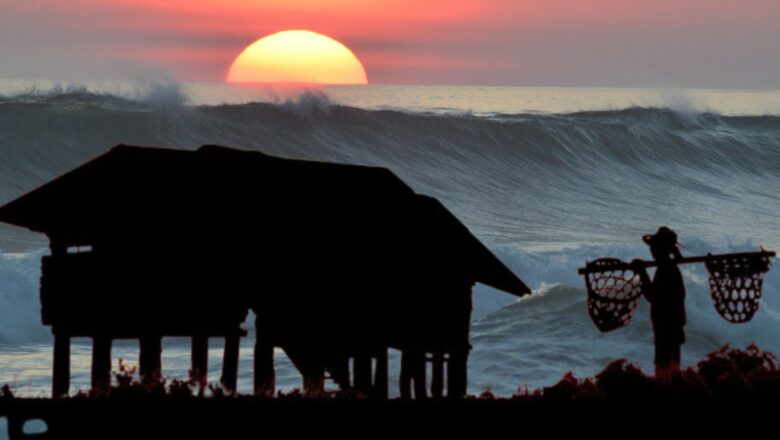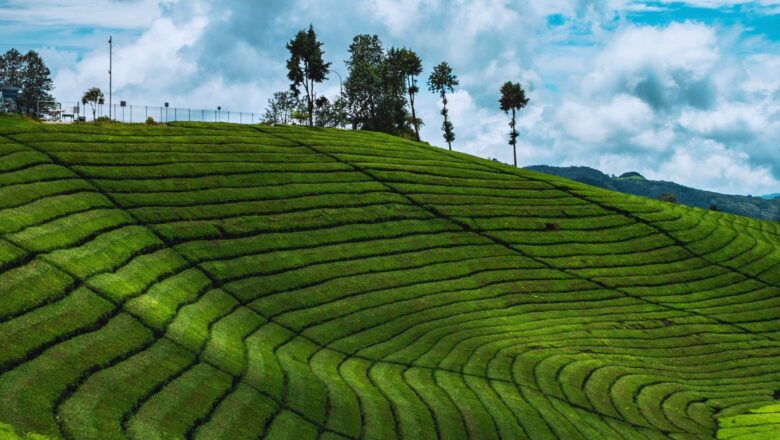
More Trees, Fewer Deaths: Study Finds Urban Greening Could Save Over 1 Million Lives
A landmark global study has revealed that increasing vegetation in cities by just 30% could have prevented over one-third of all heat-related deaths between 2000 and 2019 potentially saving 1.16 million lives worldwide. The research led by Monash University Professor Yuming Guo and published in The Lancet Planetary Health provides the most detailed modeling to date of how urban greenery can cool cities and save lives.
Greener Cities, Cooler Summers, Fewer Deaths
The study analyzed data from 11,534 urban areas, showing that a 10%, 20%, and 30% increase in vegetation would have lowered the global population-weighted warm-season mean temperature by 0.08°C, 0.14°C, and 0.19°C, respectively. These seemingly small changes in temperature could have reduced heat-related deaths by:
0.86 ...









